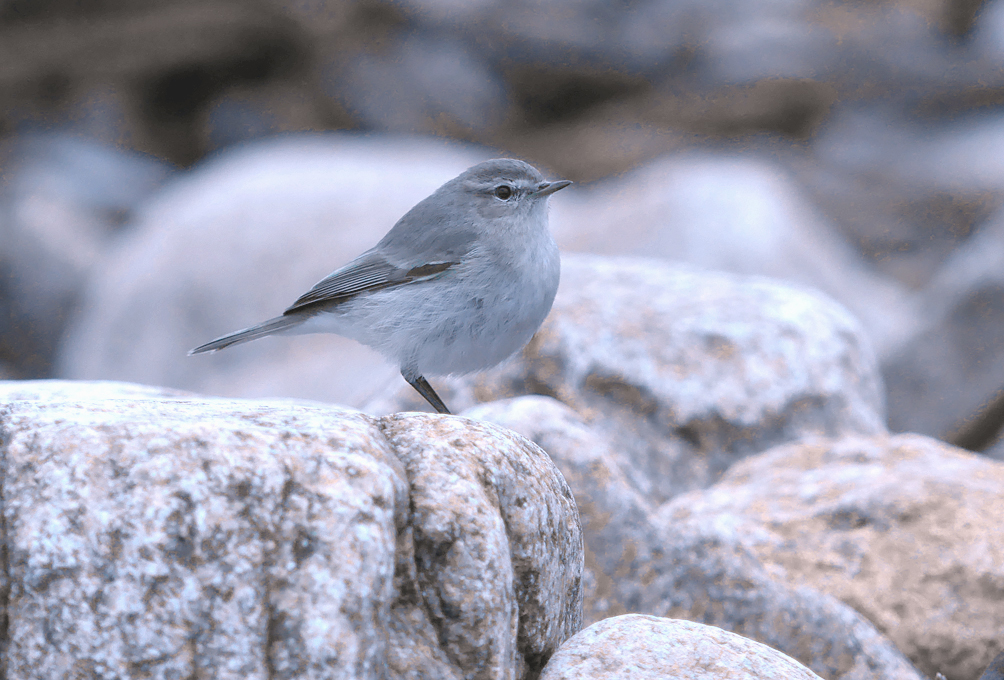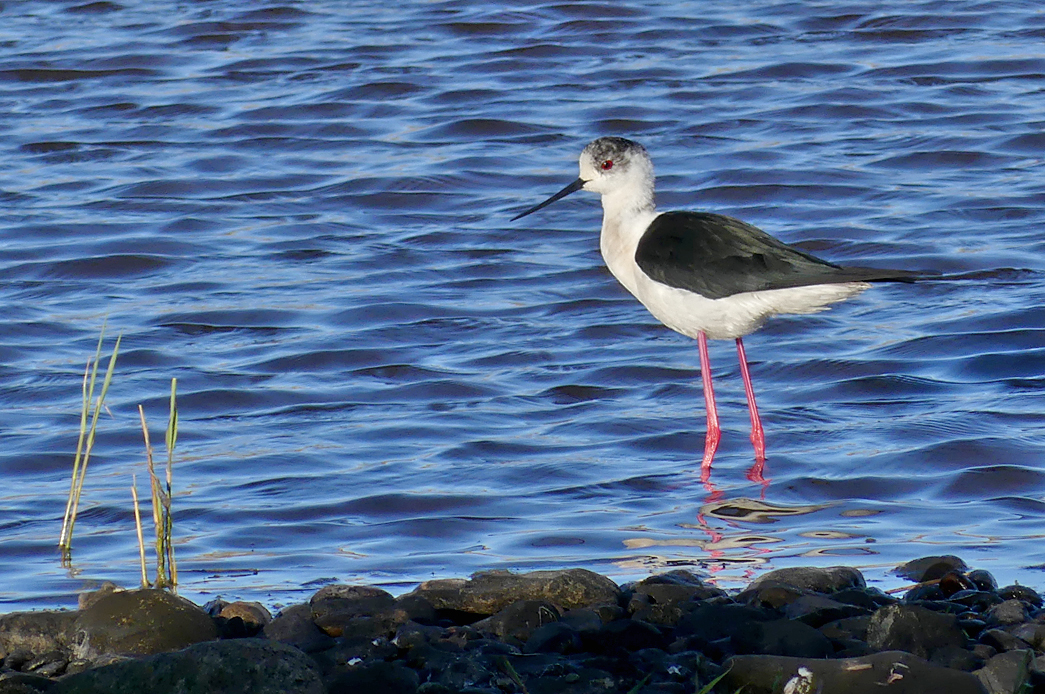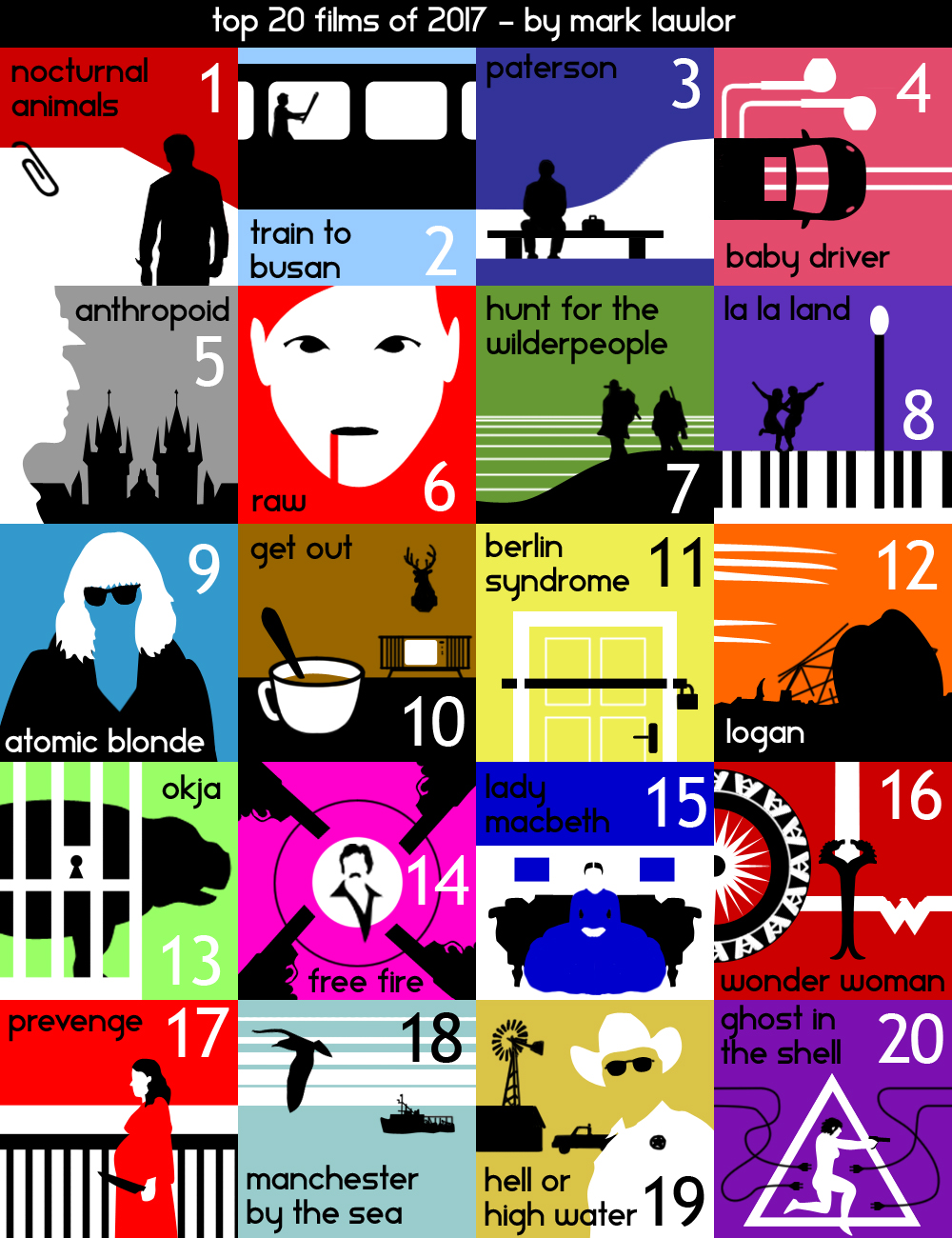Wednesday 31st January 2018
/I can't remember a January more dank and dismal than January 2018. There is nothing like a cold, bright, crisp winter's day at this time of year, and there was certainly nothing like it this month. If it wasn't windy and wet, I was at work and the weekends were as damp and cold as a walrus's y-fronts. These write-off weekends and work commitments meant very limited birding during the month.
Rainbow bridging Le Grand Havre
However, there was a couple of high points, the first when the year was not even a week old and I found my first rarity of 2018. I had gone for a walk with the kiddiwinks around Fort Doyle on a damp and dull 6th January when I happened to spy a white-winged gull heading west across Fontanelles beach. It was quite dark below for a white-winger and with a chunky undercarriage it appeared to be a Glaucous Gull. As it flew past I saw that The bill was bicoloured and the wings were broad so confirming its ID. I struggled to wrestle my camera out of my bag before taking a quick snap or two as it rounded the headland.
As it happened, I wasn't the first person to see this bird as Mark G. had found it about half an hour earlier near the rubbish tip. I didn't get the usual grapevine message about his sighting because the system had glitched. So, due to the unreliability of a certain telecom company, I can count this as a "self-found" bird. Happy days!
Glaucous Gull - Ft Doyle, 6 Jan 18
The next day (7th) was very stormy and I went out in the wind for a quick check of the patch's bays to see if anything had been blown in (nope). However, from the car park at Port Grat I could see a Great Black-backed Gull poking at something on the high tide line, and so I struggled along the path to see what it was. It turned out to be a tiny, spotted shark about a foot and a half long - very dead of course since a GBBG had just been eating its brain. It was fascinating however to see, especially feeling the rough skin - you can see why these things, with no scales, can't really be thought of as "fish". The species seems to be a Small-spotted Catshark or Spotted Dogfish as it is more commonly known in these parts.
Small-spotted Catshark (a.k.a. Dogfish) - dead, Pulias, 7 Jan 18
The next sighting of interest was after school on 8th January when I picked up a smallish grebe distantly at Vazon on a low-ish tide. For some reason I got the jizz of a Red-necked from it through the bins, so I hauled out my 'scope from the car and trudged down the sand to the water's edge. Pretty soon it had joined up with a Great Crested Grebe and I could tell it was too small, and turned out to be a Black-necked Grebe which was still a pretty good record here in mid-winter. There were at least 4 Sandwich Terns fishing the bay and blimey it was cold! I've no idea why these birds stay here in such icy conditions when their kin are way down south in the warmth. Maybe these individuals are like the guy at the Newcastle Utd games who always turns up with his shirt off.
On 11th January, I again looked out from the car park at Vazon after school for seabirds, but a flicking from below my line of sight caught my eye. Down on the seaweed just below the sea wall was a Chiffchaff hopping around with the Rock Pipits, doing a rather uncanny Wheatear impression. A quick view through the bins and the bird immediately looked interesting with its very grey-toned plumage. I went back to the car to get a camera and climbed through the gap in the wall and onto the beach.
The bird proved to be very tame and if I lay still on the pebbles it often got to within a few yards of me. The behaviour of the bird was very striking and with the clear, pale supercilium and lack of green tones I was thinking that it would turn out to be a Siberian Chiffchaff (race 'tristis'). Photos were thus needed but, despite the birds proximity, proved to be difficult. Firstly it was almost dusk, secondly the bird was so fast, feeding voraciously, and thirdly, like some kind of idiot, my white balance setting of the camera had been knocked onto something weird making all my photos blue! But I did manage to get some decent pics in the end although they needed plenty of processing to get the blue colour removed, and so the colour on the pics below may not be 100% reliable, but as close as I can get to the proper colour.
Siberian Chiffchaff - Vazon, 11 Jan 18
After some deliberation, I am calling this bird as a Siberian Chiffchaff on the balance of probability. I know that the call is the key feature for ID but this bird was silent so does not sway the ID one way or another. Here are some features:
- The upperparts were grey with a brownish wash. There was no clear green or yellow. The fringes to the flight feathers and tail may have had a greenish tint but these were minimal.
- The supercilium was broad and creamy-buff in front of and after the eye, reaching to the rear of the ear coverts.
- The ear coverts had a distinct warmer brown patch (which is apparently a really good feature for tristis).
- The underparts were whitish with no yellow tones (perhaps a tiny bit of yellow on the bend of the wing which shows through on some pics) and a faint brownish wash to the sides of the breast.
- The legs were very blackish (although the bill seemed to have quite a bit of pale on it).
- The wing feathers were brightly fringed pale with dark centres, the alula standing out as very dark or blackish.
- The crown had a faint darker stripe just above the supercilium (seen easily on the head on photo)
- The greater coverts had paler tips almost forming a wing-bar.
- The bird appeared very chunky and beefy for a Chiffchaff and the behaviour was very unlike a standard Chiffchaff.
I am aware that one could be picky and say that nothing here proves the bird was a tristis with 100% certainty, and I am also aware that I am using my instinct and gut feeling a little here. But life is far too short to worry about such things and I am sure most birders would look at this bird and agree it looks like a 'Sibe'. The bird was not seen again unfortunately.
Siberian Chiffchaff - Vazon, 11 Jan 18
Siberian Chiffchaff - Vazon, 11 Jan 18
The final bit of birding was on the 13th January when I had to pop out on some errands. I picked up the Black-necked Grebe that had been wintering in Belle Greve Bay and two Razorbills fishing in the mouth of St. Sampsons harbour.
Razorbills - St Sampsons Harbour, 13 Jan 18.jpg
The Moon - 31 Jan 18
For Christmas from the family I received some art materials and I decided to try and do some hand-drawn art again. I have been focussing on computer-aided drawings in the last few years but these can sometimes be a bit too realistic and clinical. It is nice to see drawings where you can see the artists' physical lines and movements - maybe not as perfect but more personal. My first attempt with coloured pencils is below - one of the wintering Hawfinches at Le Foulon Cemetery. I am pleased with the result, although I think the paper I used was too coarse for pencils. I hope to do a series of pictures of birds in locations that are identifiably Guernsey.
And below is a new design for our Guernsey Bird Race team.
































